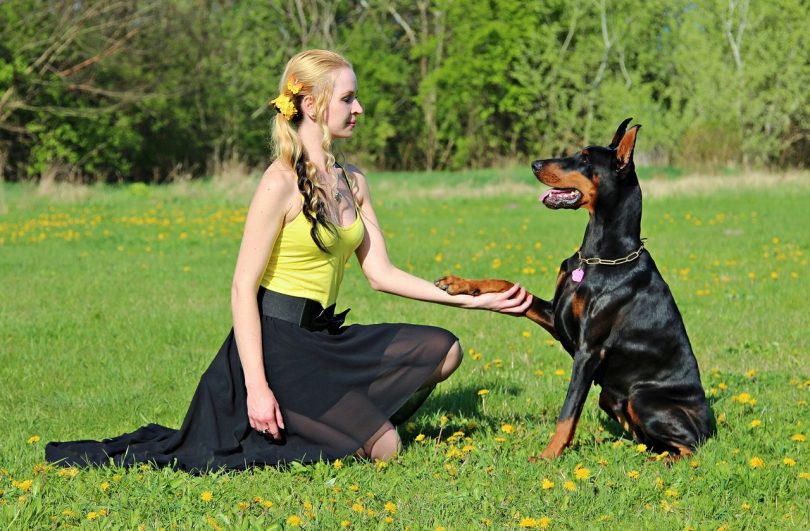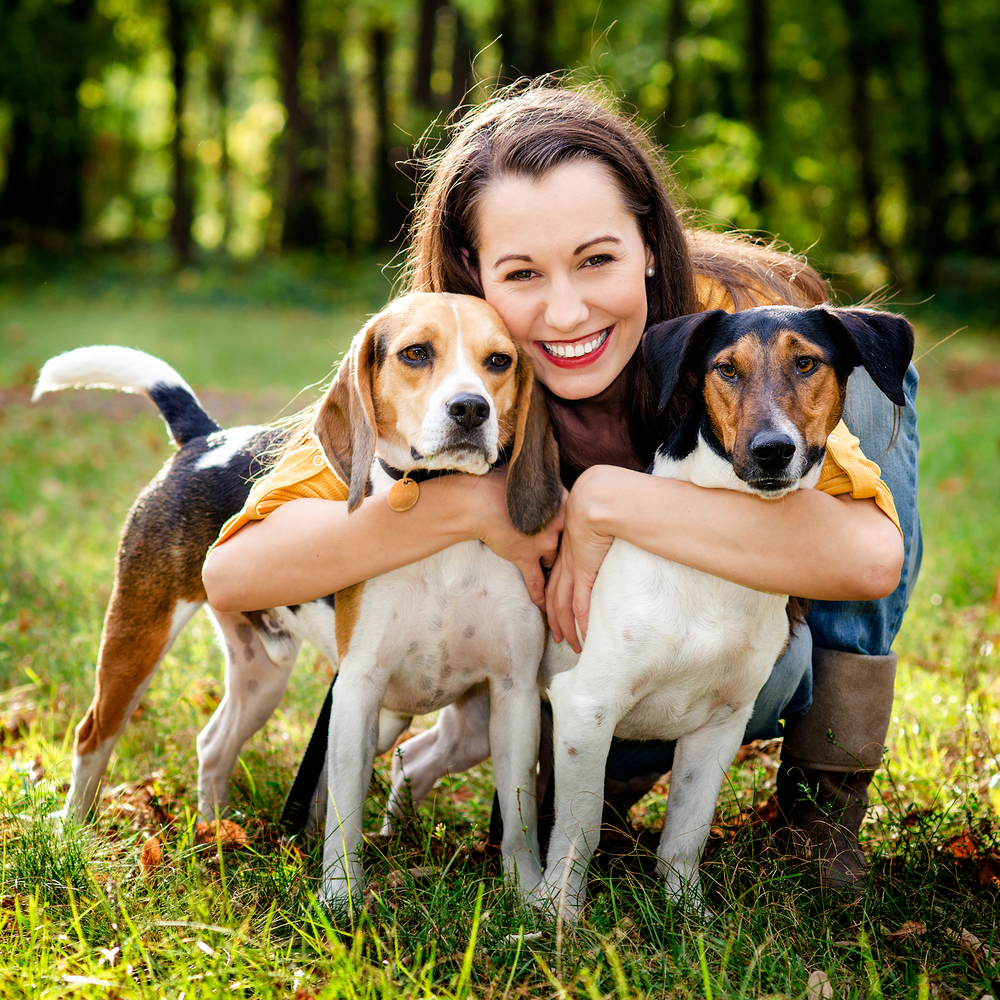In part one and part two of this dog training series we’ve talked about training your canine friend to pee and poop outside, walk on a leash without pulling on it, responding to a clicker for a better and more effective training and socializing with other animals and people in various situations they might encounter in their lives.
The Basics of Dog Training
Basic Dog Training Commands
Another very important step in teaching your dog the basics are some simple, fundamental commands that will ease both yours and your dog’s life and make living together the most fun and relaxing thing ever.
A command is a simple cue word that the dog can easily recognize and respond to. Whenever you want or need your dog to do a specific action, you should use a command for it. These cues are the tools you can use to keep your dog under you control and manage his behavior, especially in a situation that might endanger him or a person. Sometimes, you only need to give your dog a firm command to solve a potentially jeopardizing situation and even save his life, for example when he’s about to run in front of a car.
Other times it’s only a behavior problem, like barking in a situation when you’d rather have him silent.
All these situations can be resolved by teaching your dog some basic commands like ‘sit’, ‘stay’, ‘stop’, ‘drop it’, ‘come’, ‘on me’, ‘wait’ or other similar short and simple cue words. With some patience and a lot of tasty treats, your dog can be easily taught to follow them.
In addition to that, you can have an emergency call for just that: emergencies, or teach him some funny tricks like rolling over or shaking paws.
Proofing Behavior
Dog training should always end with proofing behavior. What that means is that you should practice those new behaviors you just taught him in different environments to make sure he’s going to obey your commands no matter what goes on around him.
What some people often do wrong is that once their dog follows their commands in the living room, they assume he will follow them also once they get out the door and onto a big crowded street. That’s not going to happen, as there are so many distractions and noises and smells to be followed when out there, that your dog will lose his focus on you and forget what he’s learned.
This is where proofing comes in handy. Dogs can’t generalize like we do, so for them the ‘come’ command in your backyard won’t mean the same thing as the ‘come’ on a busy big city street. They simply can’t take the meaning from a situation and apply it to every other similar situation but with different surroundings. So that’s why you need to teach him the same behavior or command in as many different situations as possible.
Other Considerations
Dog training might involve a lot of patience, time and energy, but the end results and the gains are totally worth it. That will also create a strong bond between the two of you and will keep both of you active, stimulated and happy.
Also, don’t assume that once you’re done with the basics, you’re done with dog training. It never really ends. You can try so much more. It only depends on you and what you strive to achieve.







